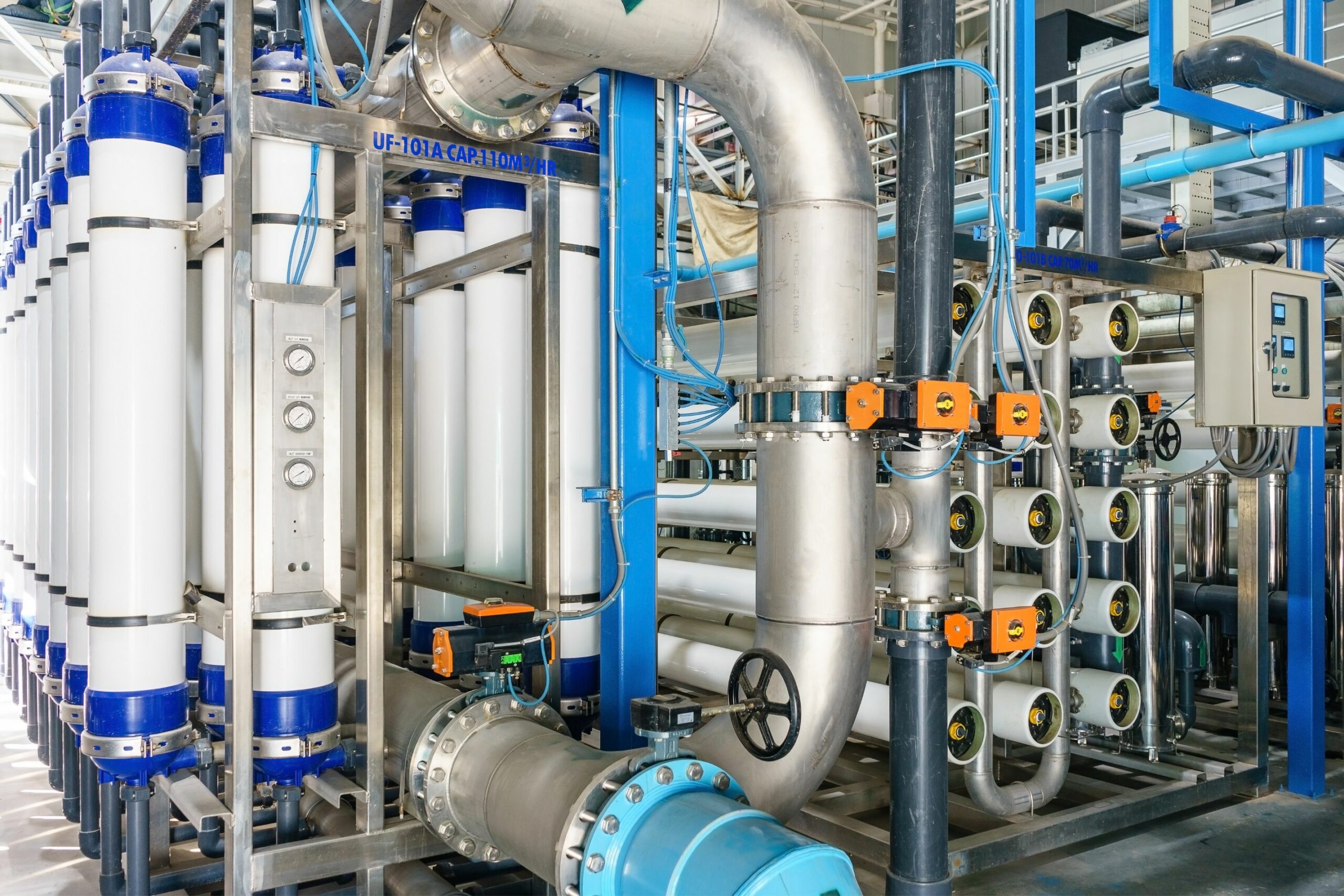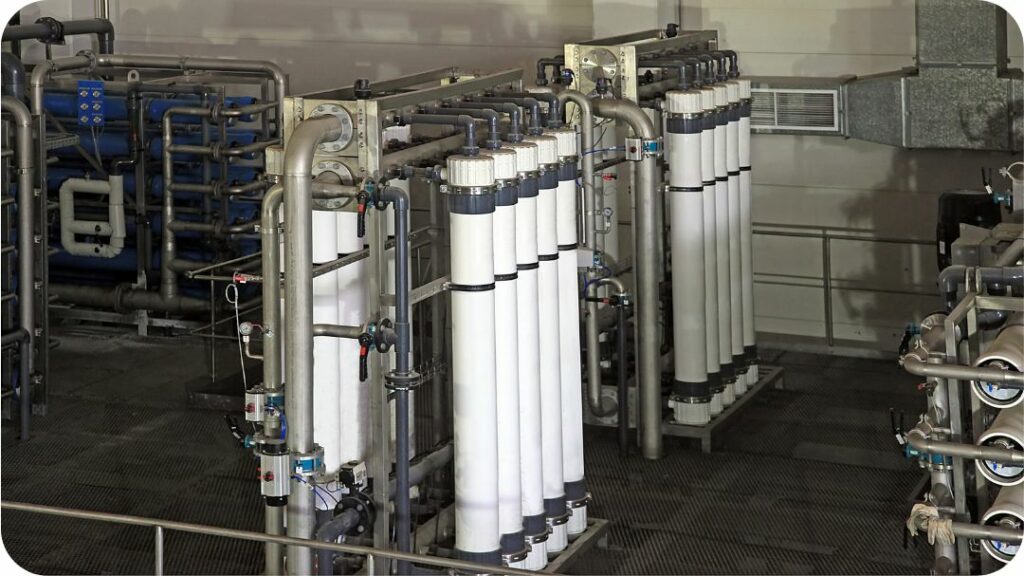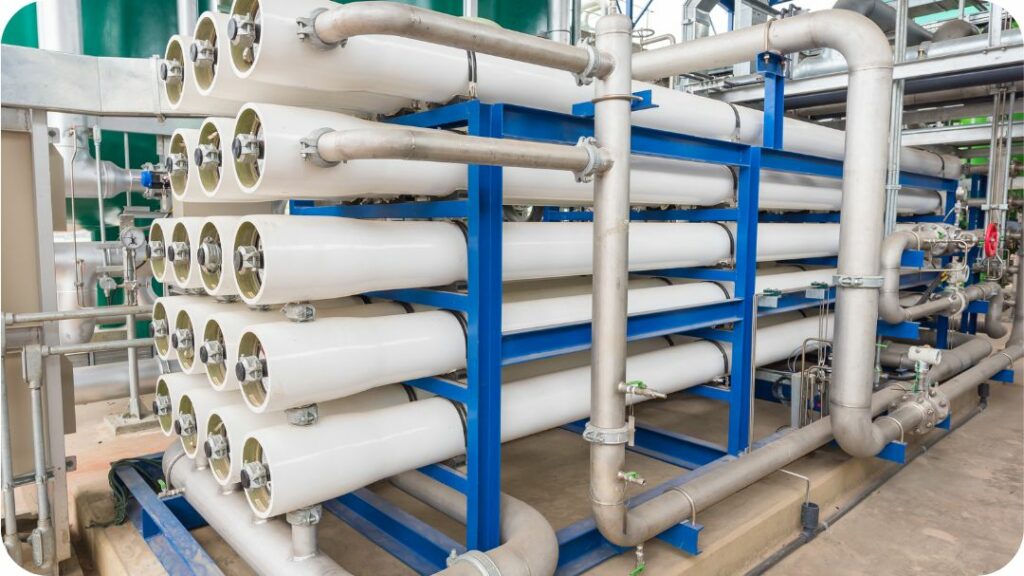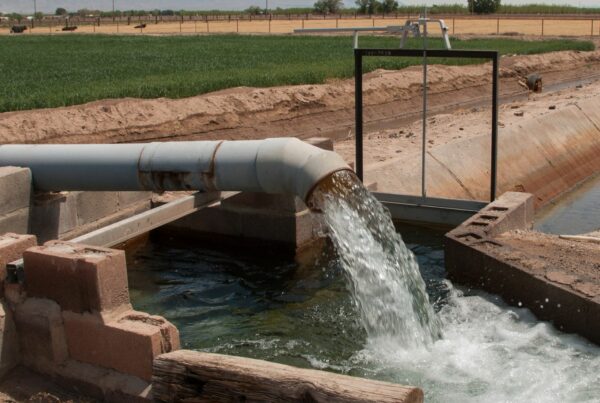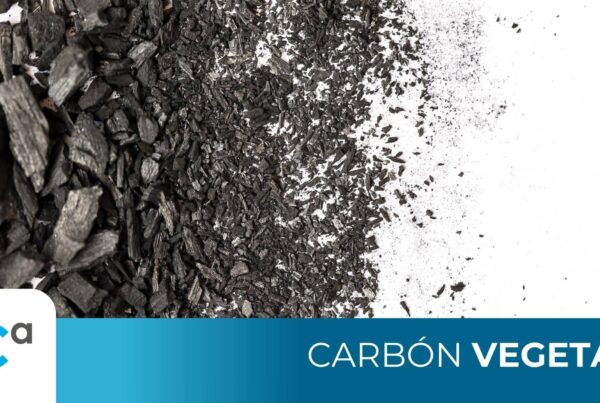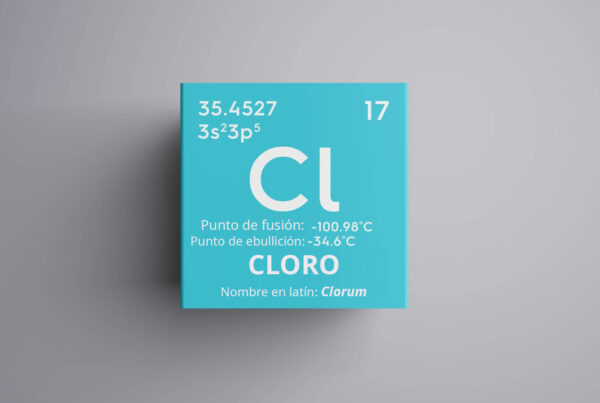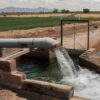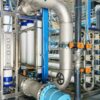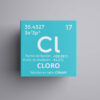Ultrafiltration vs Reverse Osmosis RO
If you are trying to decide between ultrafiltration and reverse osmosis, the two most common methods of membrane water treatment, this guide can help. Both methods are effective in removing most contaminants from water, but differ in their approach. In general, reverse osmosis (RO) is more reliable and durable than ultrafiltration (UF), so it is used more in industrial settings such as municipal treatment plants, seawater desalination plants or commercial bottling plants. Even so, both methods have their advantages. Which one is right for you?
Ultrafiltration vs. reverse osmosis
Ultrafiltration and reverse osmosis are two methods of removing impurities from water. Both use pressure to force water through a membrane.
Ultrafiltration is most commonly used in industrial applications because it is less expensive than reverse osmosis and can treat large volumes of liquid in less time. It also does not require as much energy or maintenance as reverse osmosis systems, making it ideal for remote locations where electricity is unreliable or unavailable in large quantities (such as oil rigs).
What are the differences between ultrafiltration and reverse osmosis water treatment?
Ultrafiltration is a membrane filtration process that removes particles, microorganisms and turbidity from water, while reverse osmosis is a purification process that removes the smallest molecules present in water.
Ultrafiltration could be the pretreatment to feed water to reverse osmosis.
The first stage of an ultrafiltration system uses pressure to force the liquid through the tiny pores of the ceramic membranes, which are so small that they filter out bacteria and viruses, as well as other organic materials such as organic solids and microorganisms (such as bacteria). In the second stage, more pressure is applied to further filter out the remaining large particles or molecules before passing it through another set of ceramic membranes with smaller pores than those used in the first stage. This removes even more contaminants from your drinking water source, such as heavy metals that are naturally found in some groundwater sources; such as wells or boreholes drilled into granite rock formations called aquifers that can lead to health problems if consumed over the long term without proper treatment systems.
What elements does ultrafiltration remove from water?
In the ultrafiltration process, the membrane has a pore diameter of approx. 0.01µm to 0.1 μm (microns). This pore size allows the separation of particle sizes of different nature (suspended solids, fine particles, colloids, algae and microorganisms such as bacteria) within the range of 0.04 and 0.1 μm (microns).
- Ultrafiltration is used to remove bacteria and viruses from drinking water.
- Ultrafiltration is used to remove dissolved solids.
- Ultrafiltration is used to remove turbidity. Ultrafiltration is also used to remove tastes and odors, which are carried by water molecules (such as chlorine).
What elements does reverse osmosis remove from water?
Reverse osmosis membrane element pore sizes can range from 0.1 to 5,000 nanometers (nm) depending on the application. The pores in the membrane are small enough to restrict the smallest molecules present in the water such as minerals and salts.
Reverse osmosis removes high levels of dissolved solids, including:
- Microorganisms. These include bacteria and viruses that can cause disease in humans.
- Pesticides and herbicides, which are found in most municipal water sources due to runoff from nearby agricultural areas. These chemicals can be harmful if ingested in large doses over time (even though the EPA considers them technically “safe”). They can also contaminate groundwater and reach tap water through this process.
- Heavy metals such as lead, copper and mercury, all known neurotoxins that have been linked to various health problems, including cancer, as well as neurological disorders such as Alzheimer’s disease or Parkinson’s disease, if consumed over long periods of time in sufficiently high concentrations.
What maintenance does an ultrafiltration membrane require?
- Periodic cleaning (ultrafiltration systems include a self-cleaning or backwashing system).
- Periodic tests.
- System maintenance (e.g., replacement of filters and pumps).
The lifetime of an ultrafiltration membrane can vary depending on several factors, such as water quality and proper maintenance.
What maintenance does a reverse osmosis membrane require?
Reverse osmosis membranes are very durable and can last 3 to 5 years. It is not necessary to replace the membrane unless it is worn or damaged, but it should be cleaned regularly with special products for reverse osmosis membranes. Eliminate biological growth, carbonate incrustations, silica, etc.
Replace the reverse osmosis membrane every 3-5 years to ensure maximum performance, especially if you live in an area where hard water is present or if you use the system frequently (e.g., daily).
Applications ultrafiltration can be used
Ultrafiltration is used for water treatment. Ultrafiltration technology is also used in the food and beverage industry, the pharmaceutical industry and the oil and gas industries.
- Grey water treatment (without grease).
- Reuse of non-waste industrial water.
- Eliminate suspended particles and turbidity in drinking water.
- Retention of bacteria and viruses in drinking water treatment.
- Pretreatment of seawater prior to reverse osmosis in desalination.
- Protein concentration (enzymes, milk proteins, egg whites) in the food industry.
- Clarification and stabilization of fruit juices and wines (elimination of turbidity components).
- Eliminate cellular residues and bacteria in beer production.
- Remove polysaccharides, proteins and colloidal impurities in sugar refining.
- Sterile filtration in the pharmaceutical and biotechnology industry.
- Metal recovery and concentration in the mining industry.
- Effluent and wastewater treatment in various industries.
Reverse osmosis applications.
Reverse osmosis is used to remove dissolved solids and other contaminants from water. The process consists of passing water through a semi-permeable membrane that only allows the passage of molecules smaller than those of interest. Reverse osmosis can also be used to concentrate minerals such as salt or sodium chloride (NaCl).
- Selective separation and purification in industrial processes.
- Pre-concentration of milk and whey in the dairy industry.
- Alcoholic beverage de-alcoholization.
- Desalination of seawater to obtain drinking water.
- Elimination of chemical and biological contaminants in drinking water treatment.
- Reduction of total dissolved solids (TDS) and suspended particles in water.
- Treatment of water contaminated with industrial chemicals prior to discharge into the environment.
- Recovery and reuse of water in industrial processes, reducing the demand for fresh water.
Reverse osmosis is used in several industries, including:
- Food and beverage processing
- In the food industry it helps to purify water without adding chemicals or altering taste or appearance. It is ideal for removing impurities from dairy products, juices and teas; ensuring beverages are free of bacteria and mold spores; removing pesticides from fruit juices; reducing sodium content in canned soups; preventing spoilage by killing microorganisms during storage periods prior to bottling/packaging operations.
- Pharmaceuticals: Reverse osmosis removes many organic compounds found in the raw materials used by pharmaceutical companies so that they can manufacture safe products free of harmful contaminants.
- Water treatment for products whose main ingredient is ultrapure water.
- Seawater desalination.
Both ultrafiltration and reverse osmosis are effective methods of treating water; depending on your situation, you may need one or the other.
Both ultrafiltration and reverse osmosis are effective methods of water treatment. If you are looking to remove particles from water at high volumes, ultrafiltration is a great option; it is also useful if you want to remove dissolved solids. Reverse osmosis is an excellent option if you need to remove dissolved solids from drinking water to meet a higher quality standard, but it has some disadvantages compared to other types of filtration systems (such as higher energy costs).
If you have any questions about which type of system may be best for your situation, please contact us today.
Conclusion
In conclusion, both ultrafiltration and reverse osmosis are effective methods for treating water; depending on your situation, you may need one or the other.
If you need advice and a project quotation, please request information:

